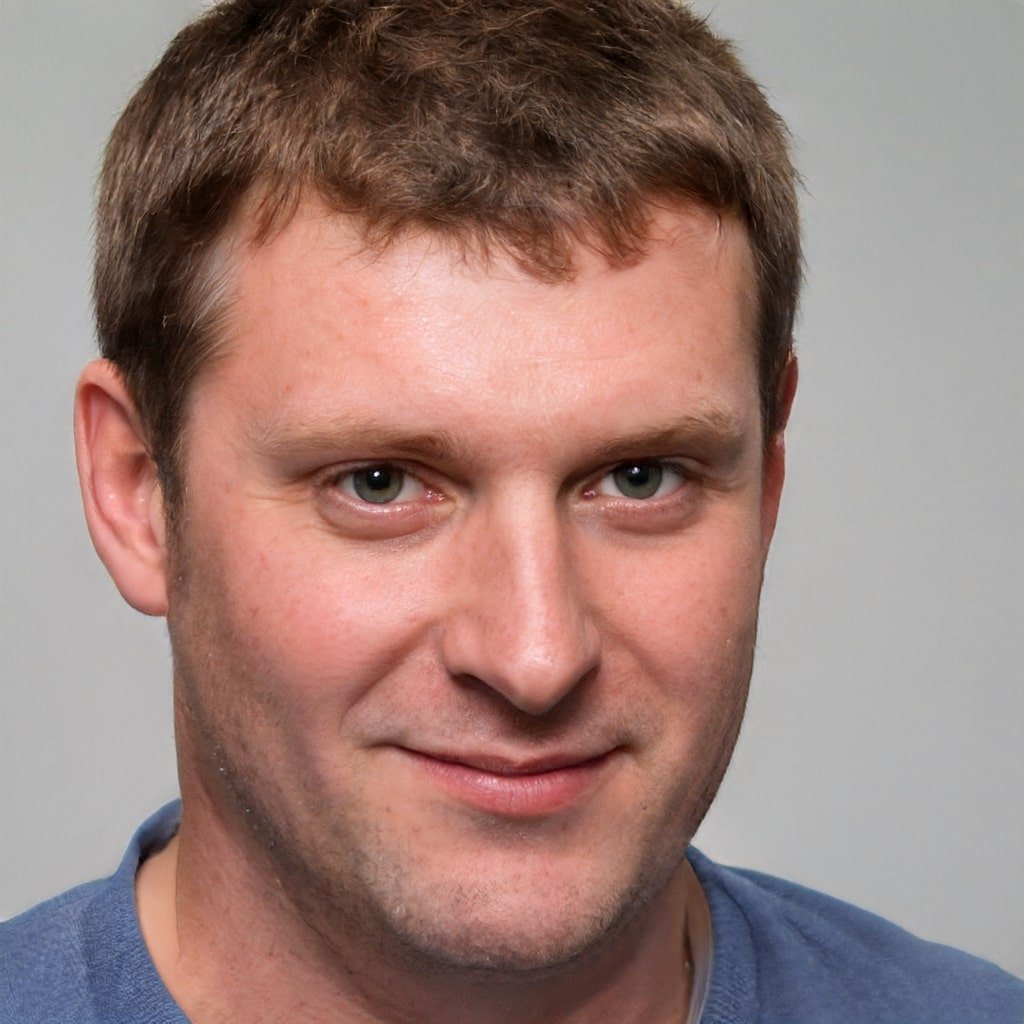Want thicker hair? Learn about PRP therapy – a non-surgical treatment using your own blood to boost hair growth. See what to expect in this article.
Platelet-rich plasma (PRP) therapy is a non-surgical treatment that uses the patient’s own blood to stimulate hair growth.
It involves extracting a small amount of blood from the patient, processing it to separate the platelets, and then injecting the concentrated platelets back into the scalp.
The growth factors and other proteins in the platelets are thought to stimulate the hair follicles, leading to thicker and stronger hair.
This article will explore the science behind PRP therapy thickens hair, and what to expect during and after the treatment.
In particular, we will discuss the use of PRP hair loss in Beverly Hills.
Does PRP Thicken Hair?
Yes, Platelet Rich Plasma (PRP) treatments can make hair thicker. PRP works to stimulate new hair growth and thicken thinned-out hair by improving the blood flow to the hair follicles.
This increased amount of nutrients energize the follicle cells and makes them more likely to produce thicker, healthier hair.
PRP also helps improve the skin of the scalp, which allows it to better support strong, healthy hair. Studies and treatments have shown that PRP can be an effective treatment for those looking to thicken their hair.
The anagen, catagen, telogen, and exogen stages are the four key phases that make up the natural hair development cycle.
The anagen stage marks the beginning of hair development, which is followed by the catagen stage, a short transitional period that lasts a little over a week.
The telogen period, which lasts a few months, is when the hair is resting in the skin cells. In the exogen stage, the hair finally comes out, creating a space for the cycle to restart.
Can PRP Thicken All Forms of Hair Loss?
PRP cannot thicken all forms of hair loss. Injections of Platelet-Rich Plasma (PRP) can help patients with androgenic alopecia thicken their hair and increase hair development. But there is no full cure for androgenic alopecia.
Also, PRP therapy is less effective for people with lupus, thyroid disorders, or other hair loss-causing diseases.
PRP treatment is also not effective in treating anemia.
What Happens During Your PRP Consultation for Hair Loss?
During a PRP consultation for hair loss treatment, a sample of the patient’s own blood is taken and placed by a specialist to spin down into three layers.
The PRP is then injected into areas of the scalp where hair loss has occurred. This treatment is typically done in multiple sessions and results may not be seen for several months.
PRP therapy is an all-natural hair loss solution that does not require surgery or harsh chemicals.
It can be used to regrow receding hairlines, stimulate cell growth and tissue repair, and encourage weakened follicles to grow hair around the frontal scalp.
What to Expect After PRP Treatment for Hair Loss?
After PRP treatment for hair loss, patients may notice improvements in hair health after 2 weeks post-treatment, with the full results taking around 3 to 6 months.
Benefits of PRP therapy over time include thicker and denser hair in the problem areas being treated, as well as improved appearance of balding and thinning spots.
There is no downtime associated with this treatment, and patients can shower shampoo, and condition as normal. Maintenance treatments are recommended every 3-6 months for best results.
Summary
A PRP hair loss treatment typically involves a discussion of your medical history and current hair loss concerns, as well as a physical examination of your scalp.
Your doctor may also take photographs of your hair and scalp for reference. After the consultation,
Your doctor will develop a treatment plan tailored to your specific needs, which may include a series of PRP injections to promote hair growth. If you live in Beverly Hills, you can contact a professional for PRP hair loss in Beverly Hills.

